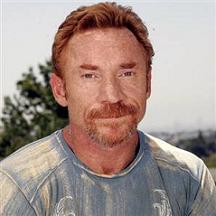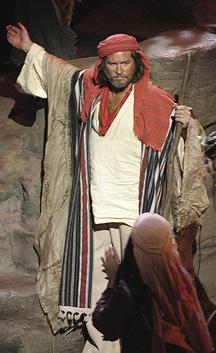The first image you see in Stanley Nelson’s new documentary “Jonestown: the Life and Death of the Peoples Temple” is a row of smiling young faces–black and white, teens and 20-somethings–taken under a blue and sunny sky. They look as if they could do anything–even carve out a utopia in the jungles of Guyana. Yet within months, they would all be dead, victims of the largest mass suicide/murder in American history.
On Nov. 18, 1978, 913 people, more than 200 of them children, died in Jonestown, Guyana. They had gone there with the Rev. Jim Jones, a charismatic preacher who wanted to establish a self-sufficient, interracial socialist community. Instead, after the shooting deaths of five visitors, including California Congressman Leo Ryan, they either swallowed a cyanide-laced punch or were injected with the poison. The film is Nelson’s attempt to trace the Peoples Temple from its roots in Jones’s first pulpit in Indiana to its zenith in San Francisco and, ultimately, its horrifying end in the jungles of Central America.
What is really lovely about this film is that it tries to focus not only on the terrible and sad end of the Peoples Temple, but also shows the sense of joy and accomplishment many members felt in the work they were doing–planting crops, building homes, teaching the young, caring for the elderly. Nelson got some great interviews with survivors, eyewitness, ex-members and their families, and their stories lend great depth to the pictures and footage.
But Nelson does not successfully answer the question of why so many people–more than a 1,000–stayed with Jones as he slipped into abuse. The survivors tell of sexual assault and humiliation, public beatings, financial shenanigans and downright lies (footage of Jones supposedly healing a wheelchair bound woman who was actually a church secretary). The viewer cannot help but want to shout “Why the hell did you stay?” at the screen. One survivor explains that by the time the abuse was at its worst, most members felt they were in too deep to leave. They had given up homes and family to join Jones. Others were afraid of a “hit squad” that would target them if they left.
I don’t find these answers satisfying. As a reporter, I have written several times about Jonestown and have interviewed several survivors. The one thing I have come away from those interviews with the sense that these people were not weird, stupid or crazy. They are just like everyone else–a fact that, to me, intensifies the horror of what happened to them. Nelson could have spent a few more minutes showing how many people stayed with Jones because they were completely dedicated to the dream of a perfect, integrated world that he promised them–even as his daily actions undermined that dream’s very foundation.
So was it suicide or was it murder? Certainly, the children, too young to make a choice between life and death, were murdered. But whether the adults willingly took the poison or did so because they were forced to–by armed guards ringing the pavilion where they died–is still being debated among survivors. The film doesn’t try to answer the question, relying on eyewitness accounts that report people swallowing the poison themselves as well as injecting it into the young and the elderly. It’s an appropriate choice because no one can claim to know the answer to the question of murder or suicide unless they were there. Seeing this film is as close–thankfully–as any of us will get to being there.
— Posted by Kimberly Winston


